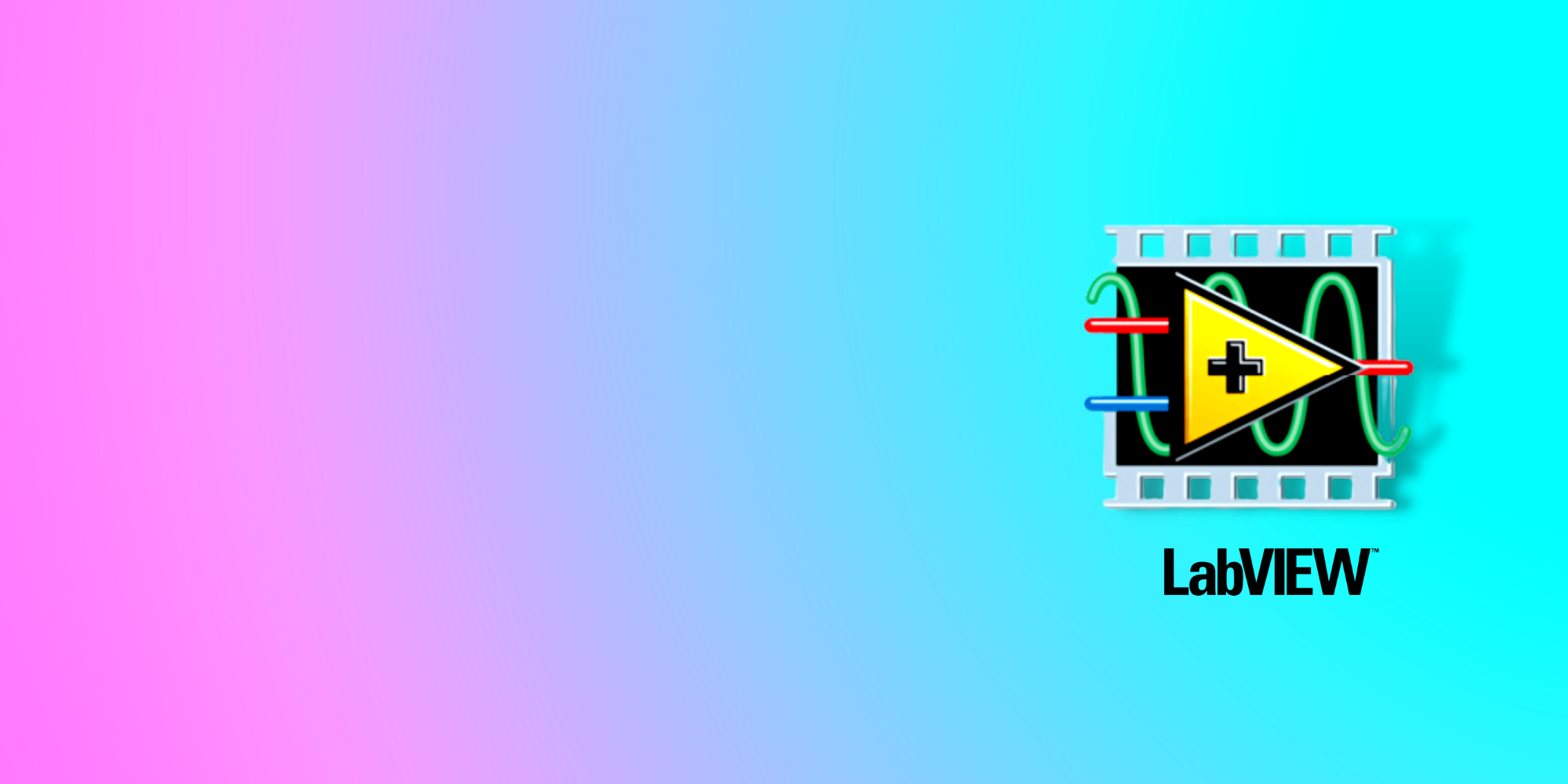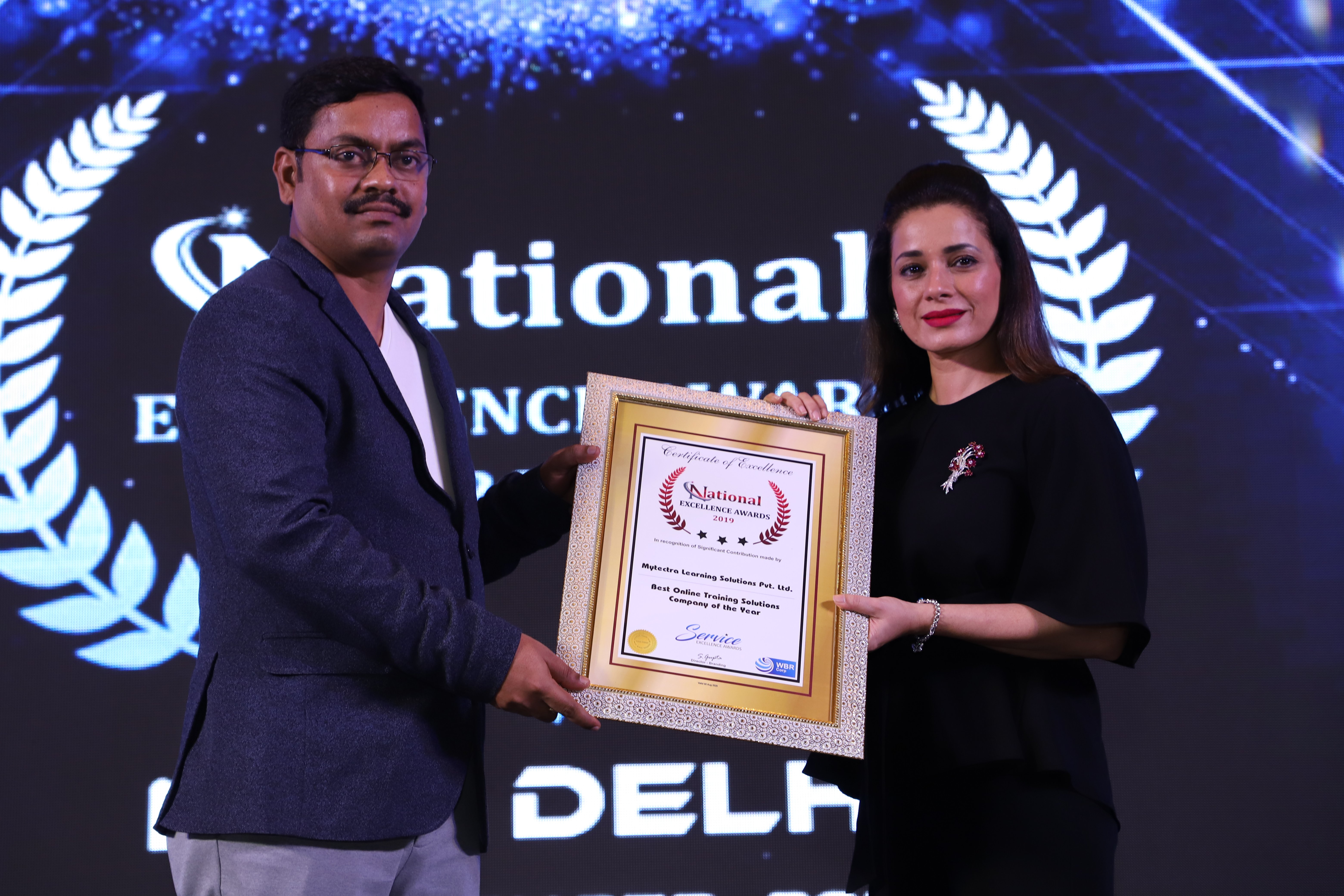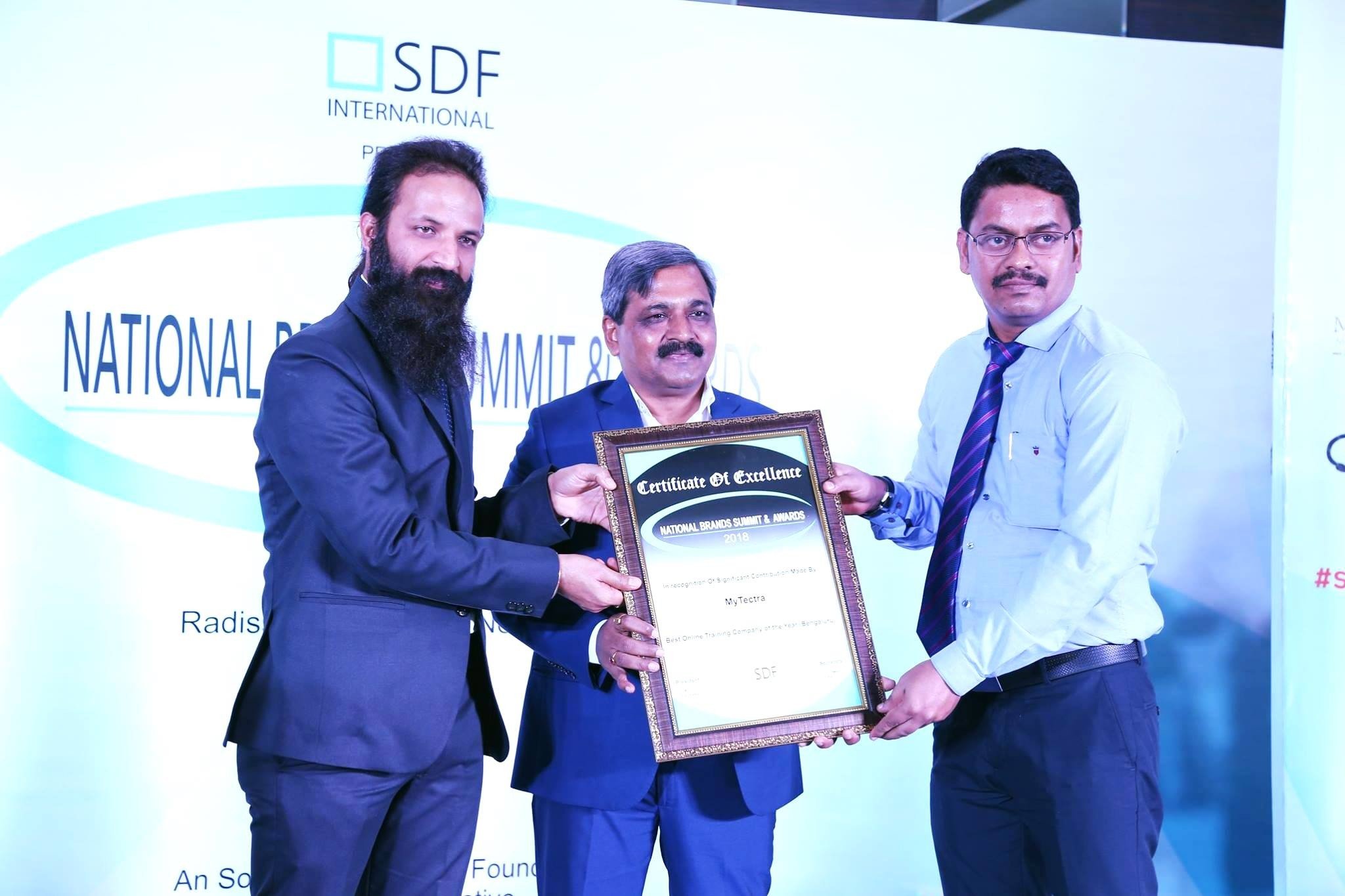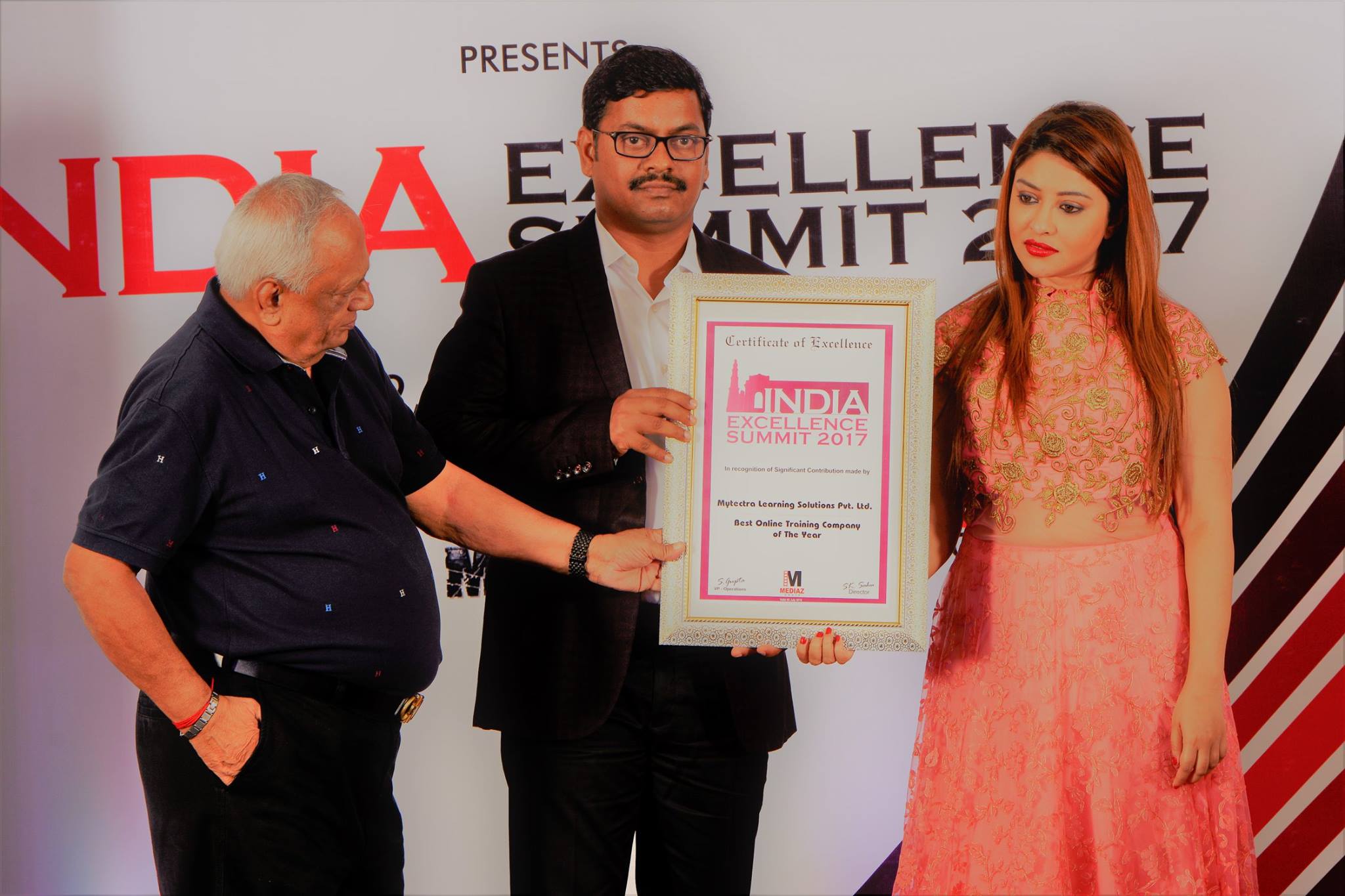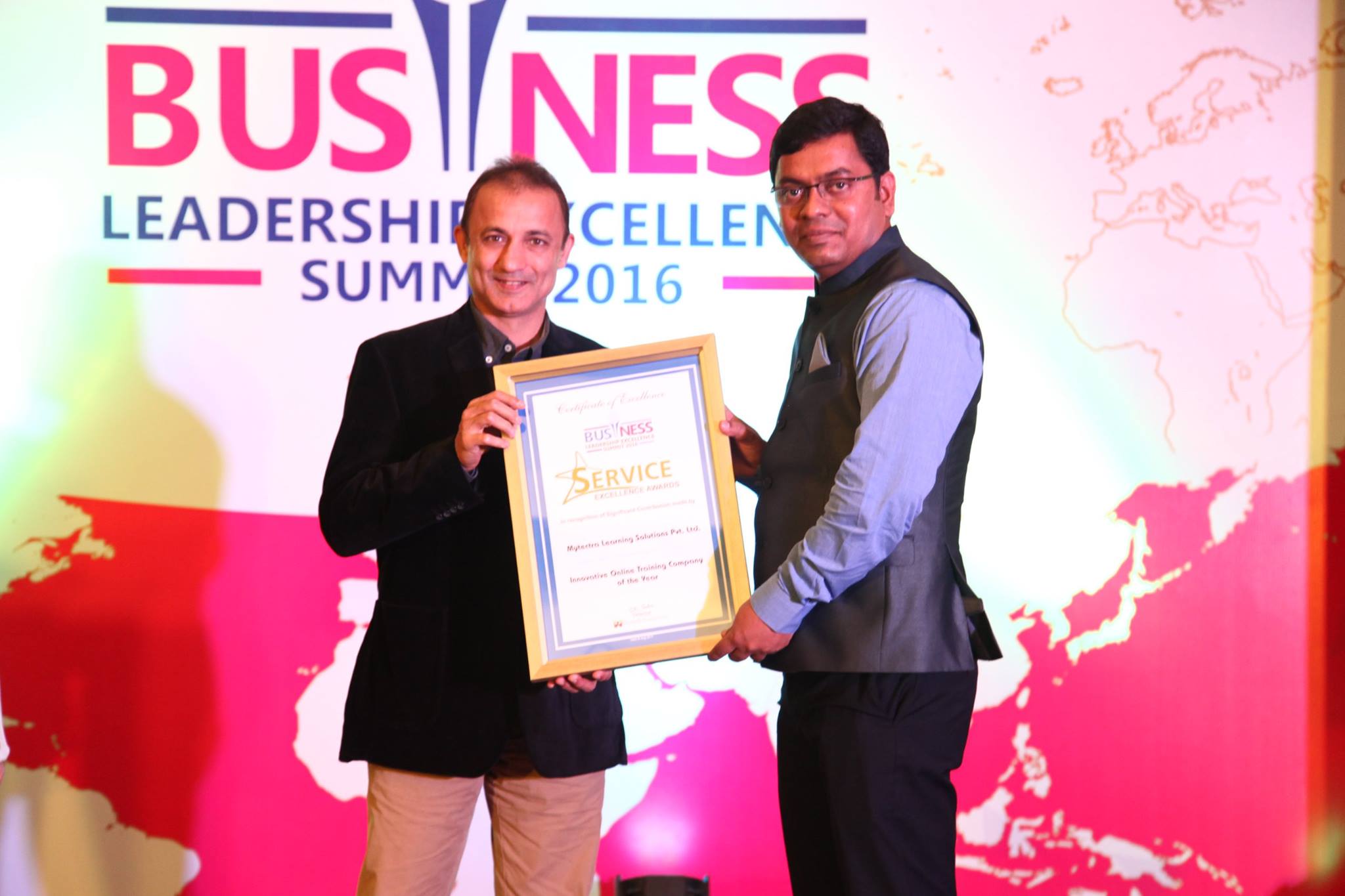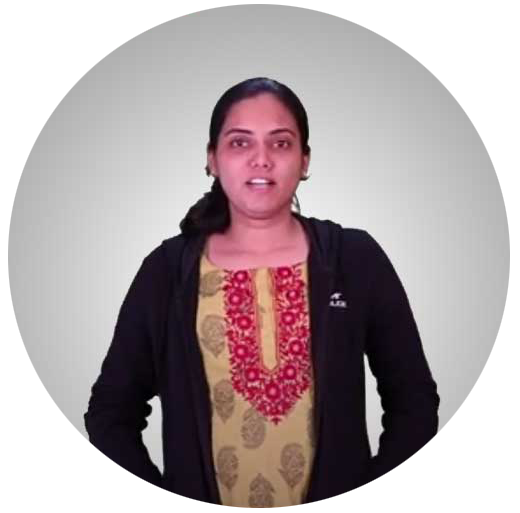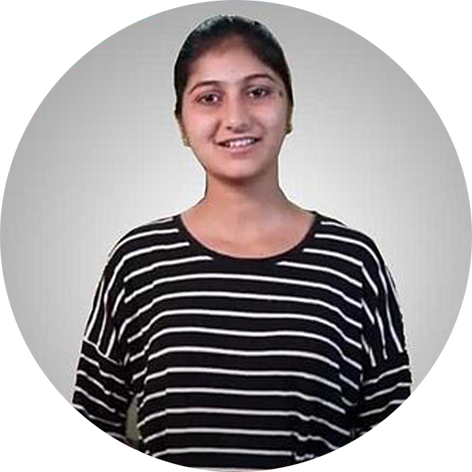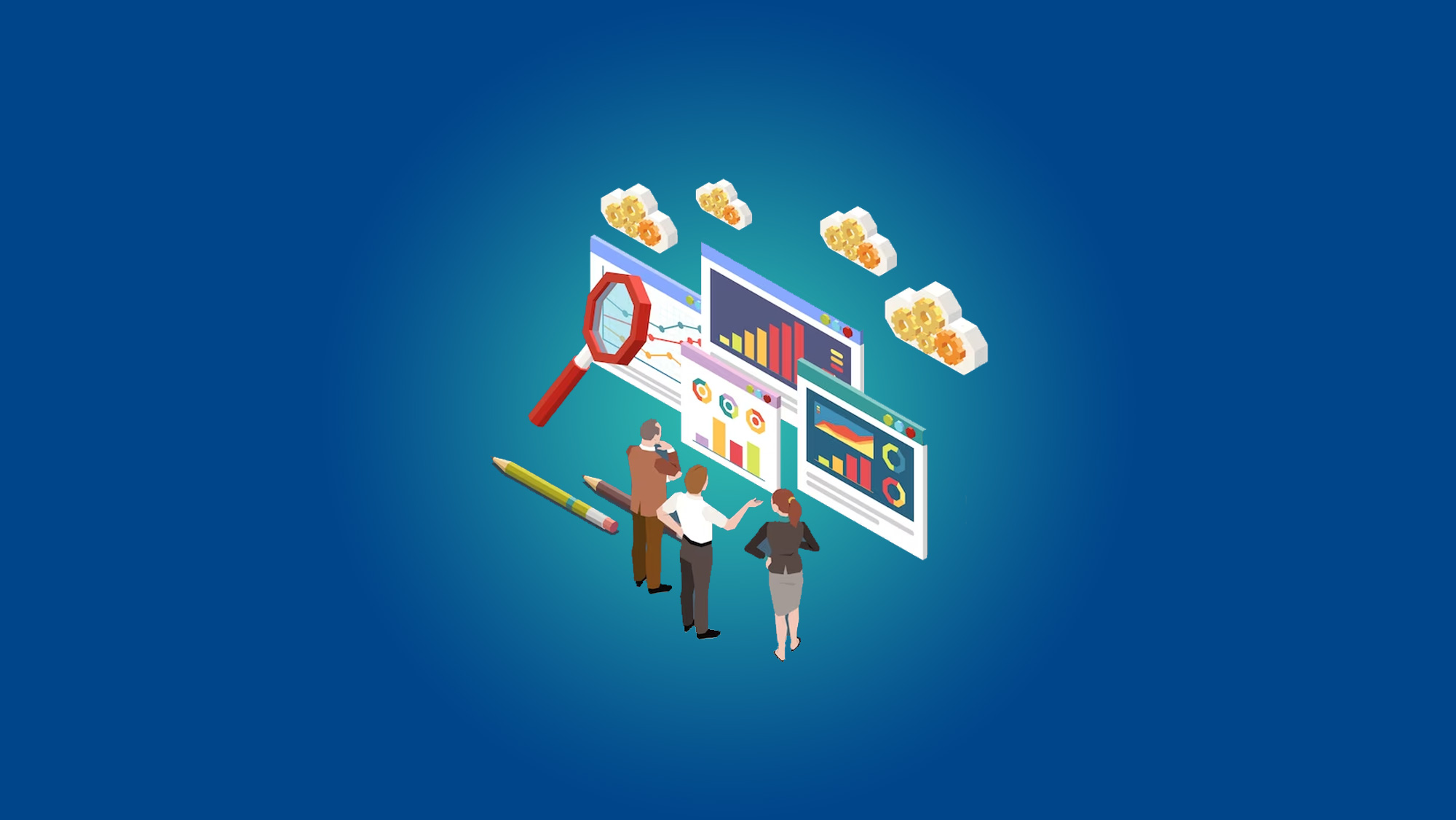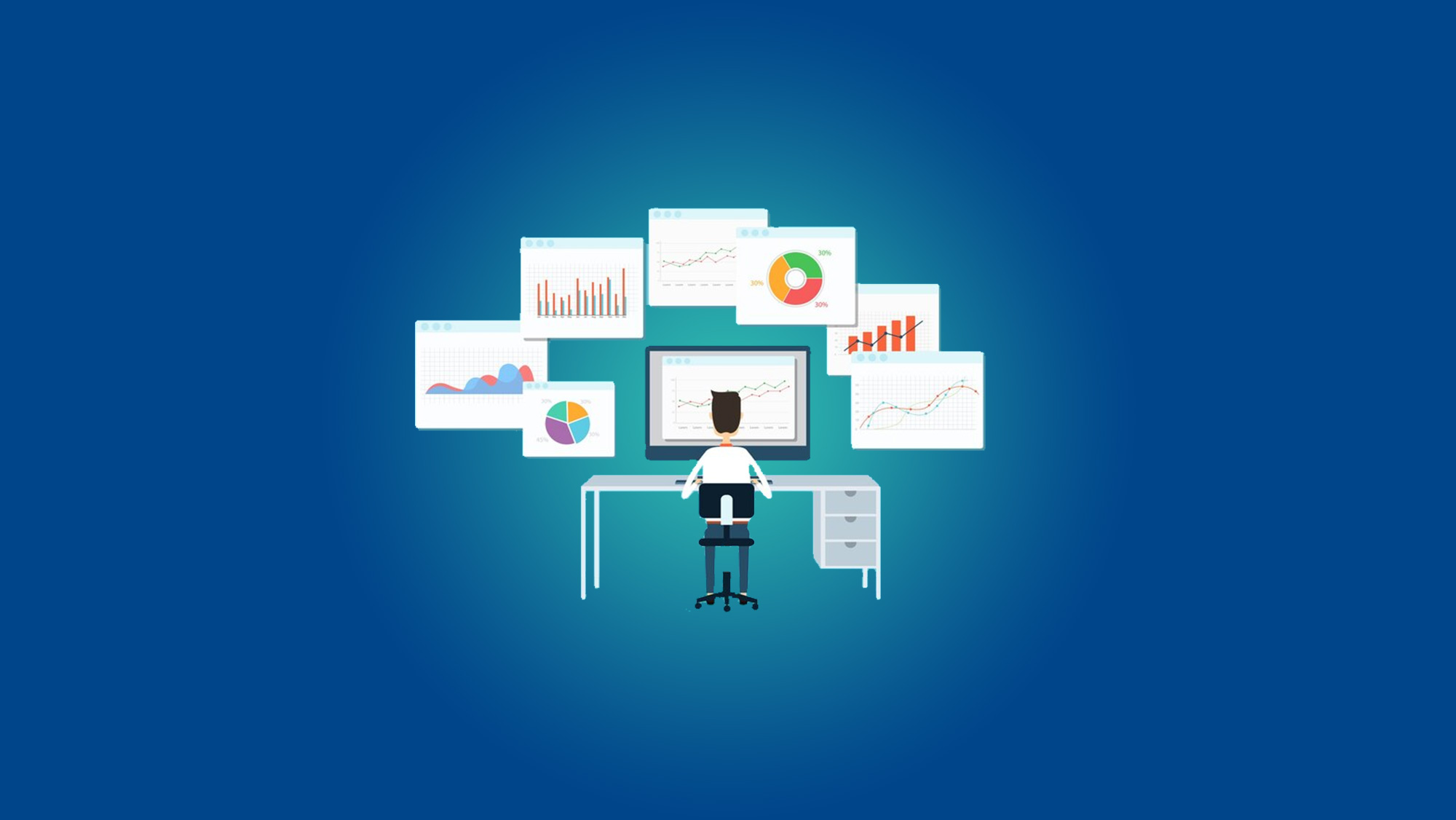1. Introduction to LabVIEW:
- Overview of LabVIEW and its application in engineering.
- Introduction to LabVIEW environment and data types.
- Function palette overview: Numeric, Boolean, and String.
2. Working with Data:
- Understanding and using the Array palette – Hands-on Exercise.
- Understanding and using the Cluster palette – Hands-on Exercise.
3. Control Structures:
- For Loop and While Loop usage.
- Case Structures – Hands-on Exercise.
- Advanced structures: Event Structure – Hands-on Exercise.
4. String Functions:
- Exploring the String Functions Palette – Detailed Exercises.
5. VI Properties & Application Control:
- Understanding VI Properties and customization.
- Configuring the Connector Pane and Edit Icon.
- Using VI References – Example.
- Property Node and Local Variable usage – Example.
6. SubVIs:
- What is a SubVI and when to use it?
- SubVI calling methods and best practices.
7. Plotting Data:
- Using Charts, Graphs, and XY Graphs – Example.
8. File I/O:
- Reading and writing text files.
- Working with CSV Files – Example.
9. Revision:
- Review of the course material and practical examples.
10. Report Generation Toolkit:
- Creating customized reports using templates.
11. Picture Control & Miscellaneous:
- Picture Read and display.
- Converting data to a picture and vice versa.
- Working with TabControl, Table, and Tree Control.
12. Design Patterns (Part 1):
- Introduction to Design Patterns and their importance.
- State Machine and Master-Slave design patterns.
- Implementing the Queued Event Handler pattern.
13. Design Patterns (Part 2):
- When to use specific design patterns – Example.
14. Synchronization:
- Using Queues, Notifiers, and Semaphores for synchronization.
15. Project Explorer (Part 1):
- Creating a project and organizing code structure.
- Documenting VIs effectively.
16. Project Explorer (Part 2):
- Creating an Executable and Installer – Example.
17. Introduction to Data Acquisition:
- Understanding DAQ components and functionality.
- Advanced VISA Programming – Example.
18. Wrap-Up:
- Revision of syllabus and exercises.
Certifications:
Upon completion of the course, participants will receive a myTectra Certification in LabVIEW, validating their proficiency in LabVIEW which can be validated globally using the comprehensive certification system accessible via : https://certificates.mytectra.com/en






